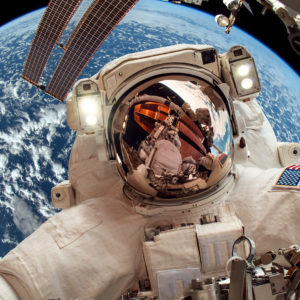On Oct. 1, 1847, at age 29, Maria Mitchell, a studious and sturdy Quaker who, as a child, began sweeping the sky above Nantucket, Mass., with a telescope, became America’s first scientist to discover a comet. Mitchell was awarded a gold medal from King Frederick VI of Denmark for discovering the comet, which would be […]



